Description
PFRA101 3BSE003911R230 Система возбуждения DCS ABB
In a DC brush motor, the stator is a permanent magnet and the rotor is a wound coil; the magnetism has two poles, which repel each other and attract each other.
Therefore, passing direct current through the rotor coil will allow the rotor to rotate until it reaches the position where the torque is the smallest with the stator. At this
time, due to the commutation of the brushes, the position where the torque was originally the smallest becomes the position where the torque is the largest. Finally,
over and over again, the rotor continues to rotate. .
Brushless DC does not have brushes; at the same time, in brushless DC motors, the stator is a permanent magnet and the rotor is a winding structure.
In brushless DC motors, the stator is a winding and the rotor is a permanent magnet. If the winding is still on the rotor, you have to rely on physical contact to energize
the winding, which does not solve the problem of brush aging. In the brushless DC motor, the winding exists in the stator and has three phase wires; when working, the
input and output currents are successively supplied to the three phase wires to achieve the purpose of commutation. In brushless DC, the electromagnetic force generated by the
rotor and stator is the same as that of brushed DC.
For brushless DC motors, it is not necessarily whether the stator is inside or outside. A motor with a rotor outside and a stator inside is generally
called an external rotor motor. The hub motor is a very special external rotor motor.
Brushless DC motor, why is it classified as AC motor?
This is because when we supply power to the controller of brushless DC and permanent magnet synchronous motors, we supply DC
power, so it is called brushless DC; however, after the DC power is inverted through the motor controller, it communicates with the motor. For the three connected phase lines,
the power supply type changes to AC. Only the changing phase voltage of AC can cause the current on the three phase lines of the motor to continuously reverse direction,
so the motor is classified as an AC motor.
3. Similarities and differences between brushless DC and permanent magnet synchronization
Brushless Direct Current Motor, English BLDC, English full name Brushless Direct Current Motor
Permanent Magnet Synchronous Motor, English PMSM, English full name: Permanent Magnet Synchronous Motor
Excitation system ABB module TK890F
Excitation system ABB module TK854V030
Excitation system ABB module TK853V020
Excitation system ABB module TK851V010/3BSC950262R1
Excitation system ABB module TK850V007
Excitation system ABB module TK831F
Excitation system ABB module TK831F
Excitation system ABB module TK821F
Excitation system ABB module TK821F
Excitation system ABB module TK817F
Excitation system ABB module TK817F
Excitation system ABB module TK812V150
Excitation system ABB module TK812V050
Excitation system ABB module TK812V050
Excitation system ABB module TK812V015
Excitation system ABB module TK812V015
Excitation system ABB module TK811V150
Excitation system ABB module TK811V150
Excitation system ABB module TK811V050
Excitation system ABB module TK811V050
Excitation system ABB module TK811V015
Excitation system ABB module TK811V015
Excitation system ABB module TK811F
Excitation system ABB module TK811F
Excitation system ABB module TK809F
Excitation system ABB module TK809F
Excitation system ABB module TK808F
Excitation system ABB module TK807F
Excitation system ABB module TK807F
Excitation system ABB module TK803V018 3BSC950130R1
Excitation system ABB module TK802F
Excitation system ABB module TK802F
Excitation system ABB module TK801V012
Excitation system ABB module TK801V012
Excitation system ABB module TK801V006
Excitation system ABB module TK801V006
Excitation system ABB module TK801V003/3BSC950089R1
Excitation system ABB module TK801V003
Excitation system ABB module TK801V003
Excitation system ABB module TK701F
Excitation system ABB module TK527V030
Excitation system ABB module TK516 3BSE000388R1
Excitation system ABB module TK516
Excitation system ABB module TK212A
Excitation system ABB module TK212A
Excitation system ABB module TK212
Excitation system ABB module TK212
Excitation system ABB module TD951F
Excitation system ABB module TC630
Excitation system ABB module TC625
Excitation system ABB module TC562
Excitation system ABB module TC560V2 3BSE022178R1
Excitation system ABB module TC520 3BSE001449R1
Excitation system ABB module TC514
Excitation system ABB module TC512V1 3BSE018059R1
Excitation system ABB module TC512V1
Excitation system ABB module TC512
Excitation system ABB module TC405K03
Excitation system ABB module TBU810
Excitation system ABB module TB870F
Excitation system ABB module TB870F
Excitation system ABB module TB852
Excitation system ABB module TB852
Excitation system ABB module TB850 3BSC950193R1
Excitation system ABB module TB850
Excitation system ABB module TB850
Excitation system ABB module TB845
Excitation system ABB module TB842
Excitation system ABB module TB840A 3BSE037760R1
Excitation system ABB module TB840A
Excitation system ABB module TB840
Excitation system ABB module TB826 3BSE061637R1
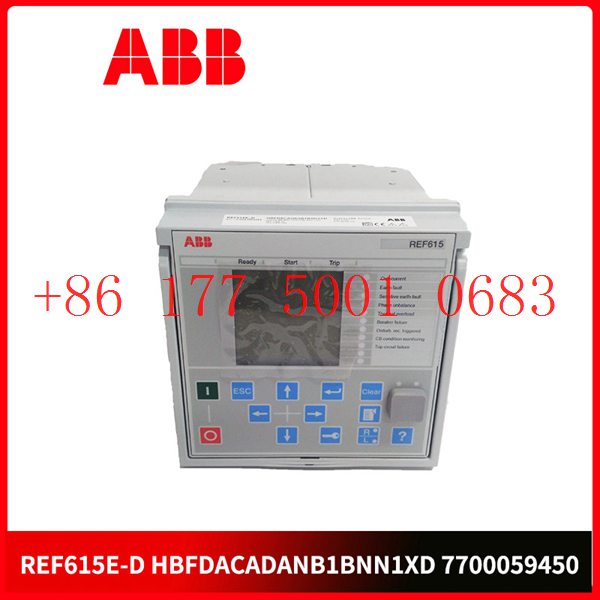
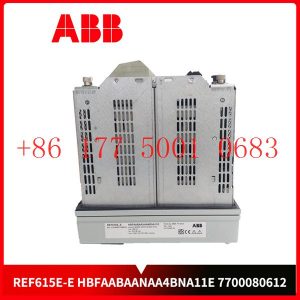
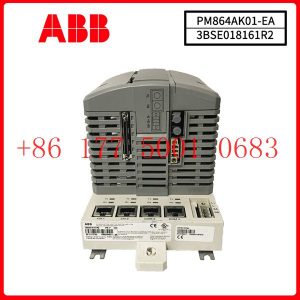
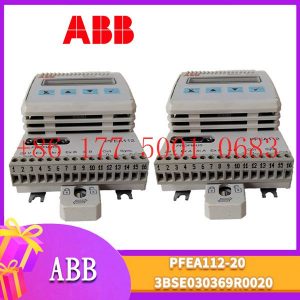
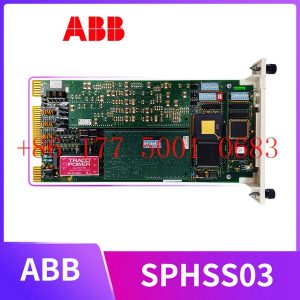
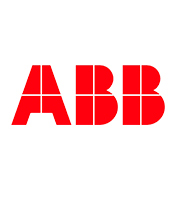



Reviews
There are no reviews yet.